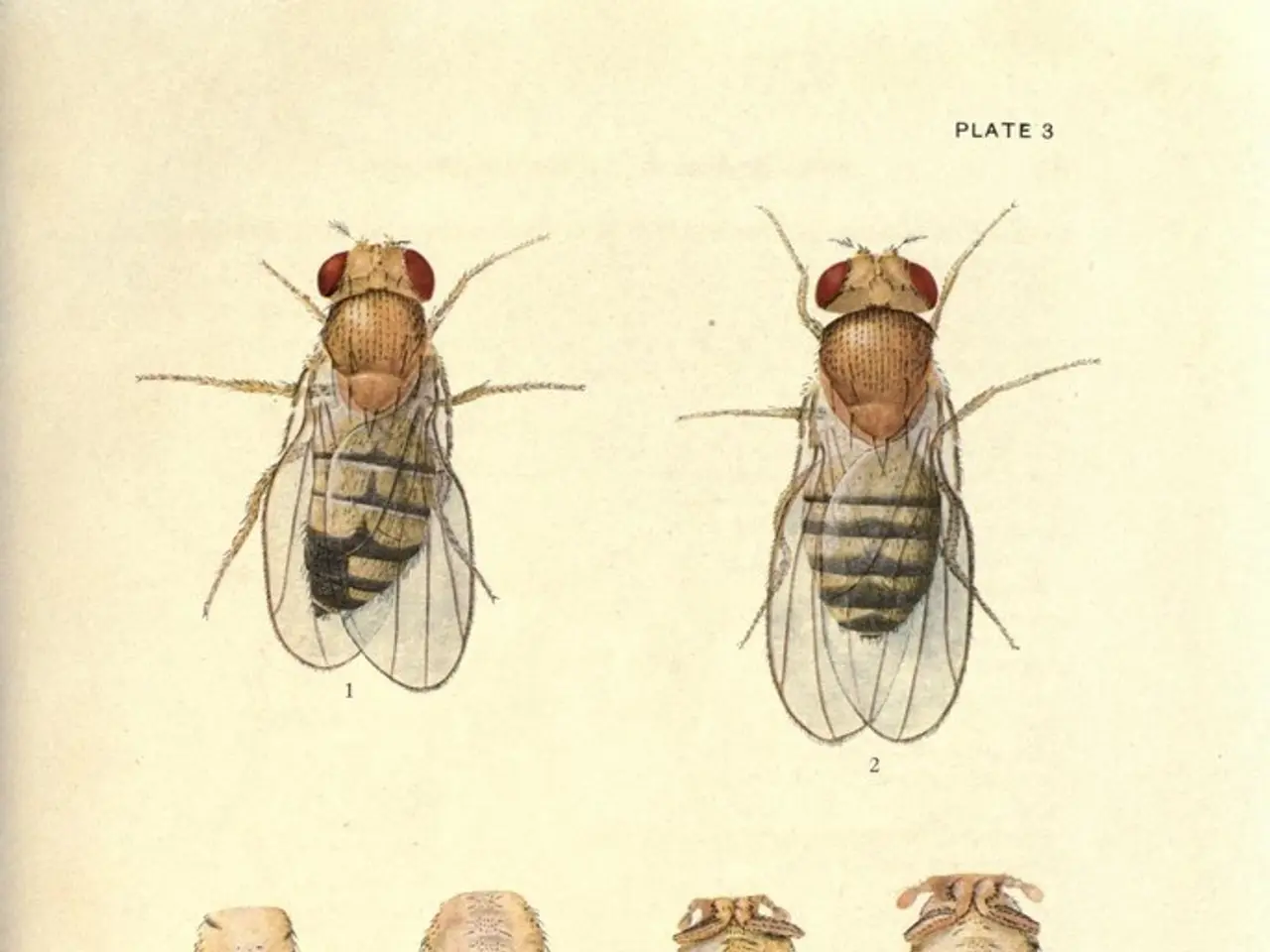Methods for Controlling the Colorado Potato Beetle: Safe Approaches
The Colorado potato beetle, a brightly coloured insect with yellow wings and black stripes, has become a frequent and unwanted guest in gardens and greenhouses, posing a significant threat to various solanaceous crops such as potatoes, eggplants, tomatoes, peppers, and decorative solanaceous plants. These pests can strip a potato patch of its foliage in just a couple of days, resulting in a significant decrease in yield.
Fortunately, there are several safe methods to control Colorado potato beetles that minimize environmental and health risks.
**Physical Control**
Regularly inspect plants for Colorado potato beetle eggs on the undersides of leaves and crush them by hand. Collect larvae and adult beetles manually by handpicking or using a small handheld vacuum, and dispose of them in soapy water. Physical barriers such as insect netting installed correctly and combined with crop rotation can also prevent beetle access to plants. These methods have minimal environmental impact and are considered the first line of defense.
**Natural and Organic Products**
Using *Bacillus thuringiensis* (Bt), a biological pesticide effective against young larvae of Colorado potato beetles, can help reduce beetle populations. However, it should only be applied at the appropriate larval stage (when larvae are less than 6 mm long) and following label instructions carefully for safety and effectiveness. Neem oil or horticultural oils, natural insecticides, can also be used to control the beetles without harmful residues. Diatomaceous earth, a natural repellent to crawling insects, is safe for humans and pets.
**Aromatic Plants and Companion Planting**
Incorporating aromatic plants such as marigolds and basil near potato crops can help repel Colorado potato beetles naturally. These plants also contribute to a healthier garden ecosystem by attracting beneficial insects that prey on pests. Placing pots with mint plants between plantings of potatoes and eggplants, then moving them to another location before harvest, can also help repel these pests.
In case of a significant number of pests, pots with calendula and mint can be brought into the greenhouse. However, it is important to note that Colorado potato beetles are resistant to various insecticides and quickly develop immunity to them. Work with predatory lacewings is still in progress, and they are not yet widely available for purchase. Gardeners have great hopes for predatory lacewings from the entomophagous series, which can help naturally reduce the pest's population.
Without leaves, plants perish due to the Colorado potato beetle's destructive feeding habits. It is crucial to employ these safe methods to control Colorado potato beetles and maintain the health of your garden. Start with manual removal and physical barriers, introduce biological and natural oils at the right times (especially targeting vulnerable larval stages), and encourage biodiversity through aromatic companion plants to reduce pest pressure sustainably.
Maintaining a diverse home-and-garden lifestyle, one can intentionally plant aromatic plants like marigolds and basil near solanaceous crops to repel Colorado potato beetles. Moreover, to effectively manage these pests and protect the overall lifestyle, it's essential to employ a combination of strategies, including manual removal, physical barriers, and the careful use of natural and organic products such as Bt, neem oil, horticultural oils, and diatomaceous earth.




